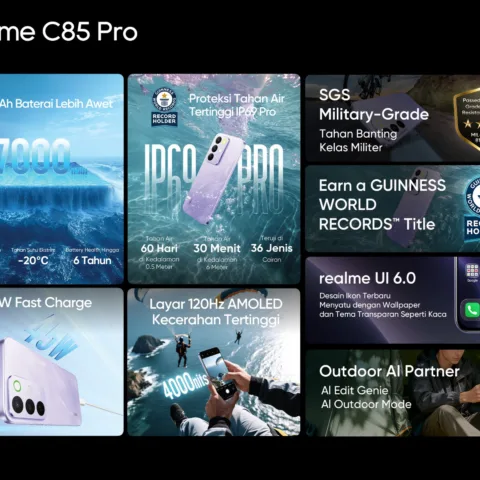
Indonesian penetration in ICT scene has been somewhat interesting lately. The unique challenges faced by it, such as the area width, density of people, and people’s education level, contributes to this. Pew survey institution recently published that there are only 24 percent of Indonesian population getting connected to internet (at least once in their life), and only 15 percent of them possessing at least one smartphone. The survey was conducted between April-May 2014 with Indonesians aged above 18 years old as the respondents.
In the midst of government attempts in fixing the broadband network quality in Indonesia, the equality becomes another issue to concern. The government even expects to be the second best in Southeast Asia, although, in reality, most of internet accesses still derive from big cities.
This data by Pew proves that not all Indonesians enjoy internet access. Malaysians and Thai are even much better with 55 and 45 percent of internet users respectively.
The demography of Indonesian internet users is dominated by people aged 18-34, at least junior high school graduates, and understand English quite well.
Most of them access internet to keep in touch with their families and friends, as well as collect latest news on politics, health, and governmental services. only 37% of them utilized internet to apply for jobs, 6% of them pay and receive payment through it, while the other 9% conduct online shopping.
Unfortunately, only 3% of Indonesians utilized internet for educational purposes, while in India, 22% of the people made use of internet to learn something and 15% of population in China did the same.

According to the same survey, Pew also revealed that only 15% of Indonesians possess at least one smartphone, while 63% of them use feature phone and 22% others don’t use both. No wonder smartphone vendors are racing to conquer the remaining untouched population.
The high cost of smartphone and internet is one of the most underlying causes of this low internet and smartphone adoption. Moreover, the low level of education also contributes to the situation. Therefore, it takes cooperation from all related parties to fully solve the problem and enable more Indonesians to enjoy all the benefits of internet.





